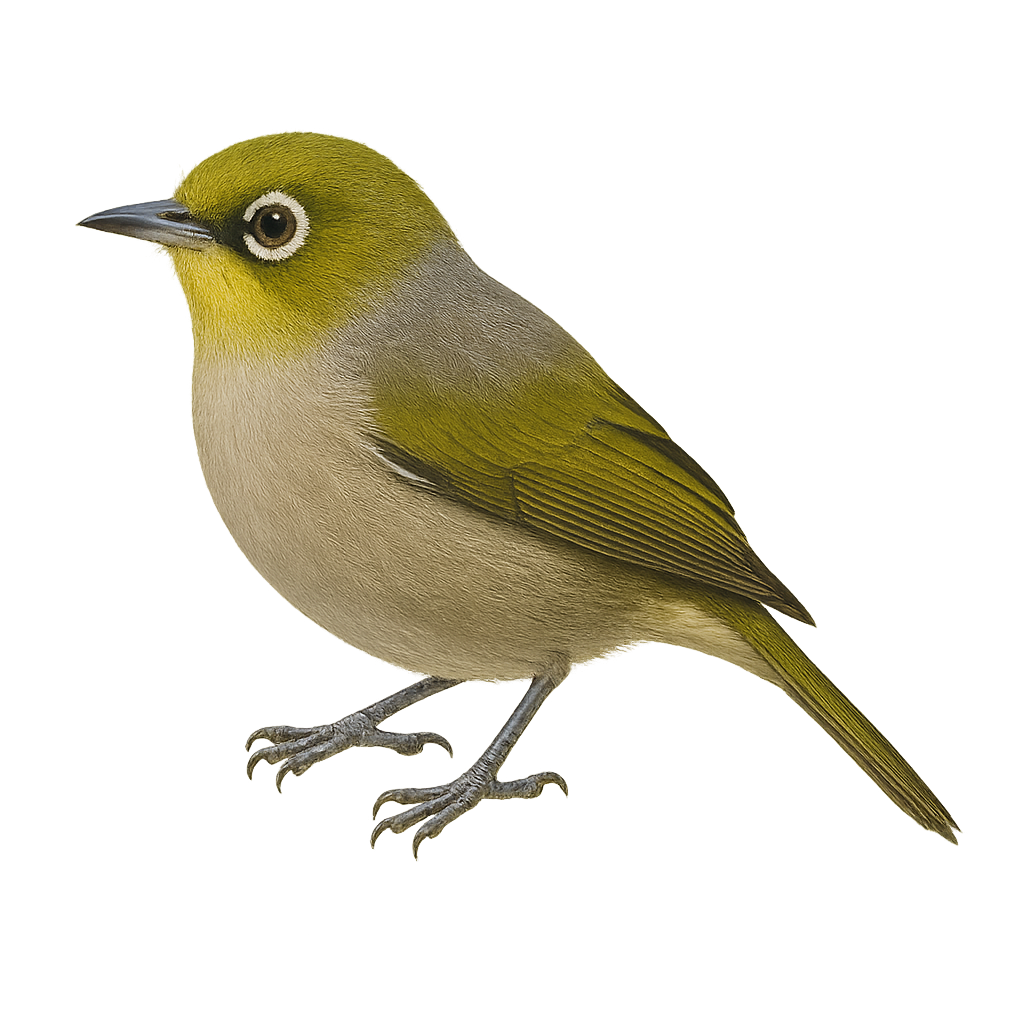Your wildlife photography guide.
Explore the grey white-eye in detail, study its behavior, prepare your shots.
Where to observe and photograph the grey white-eye in the wild
Learn where and when to spot the grey white-eye in the wild, how to identify the species based on distinctive features, and what natural environments it inhabits. The WildlifePhotographer app offers tailored photography tips that reflect the grey white-eye’s behavior, helping you capture better wildlife images. Explore the full species profile for key information including description, habitat, active periods, and approach techniques.
Grey White-eye
Scientific name: Zosterops lateralis

IUCN Status: Least Concern
Family: ZOSTEROPIDAE
Group: Birds
Sensitivity to human approach: Suspicious
Minimum approach distance: 5 m
Courtship display: September to October
Incubation: 11-13 jours
Hatchings: September to November
Habitat:
Forests, gardens, urban areas
Activity period :
Primarily active during the day, with peak activity in the morning and late afternoon.
Identification and description:
The Zosterops lateralis, commonly known as the Grey White-eye, is a small passerine bird with predominantly olive-green plumage and greyish underparts. It is easily identifiable by its distinctive white eye-ring. Native to Pacific islands, particularly New Caledonia, this bird is often seen in active flocks, feeding mainly on insects and nectar. It plays a crucial role in pollinating local plants. Although generally discreet, its melodious and repetitive song can be heard in forests and gardens. Its ability to adapt to various habitats, including urban areas, makes it resilient to environmental changes.
Recommended lens:
300 mm – adjust based on distance, desired framing (portrait or habitat), and approach conditions.
Photography tips:
To photograph the Grey White-eye, focus on early morning hours when the light is soft and the bird is most active. Use a 300mm lens or longer to capture precise details without disturbing the bird. Be patient and discreet, as this bird can be suspicious. Look for it in fruit trees or near flowers, where it often feeds. A tripod can be helpful to stabilize your camera and achieve sharp images.
The WildlifePhotographer App is coming soon!
Be the first to explore the best nature spots, track rutting seasons, log your observations, and observe more wildlife.
Already 1 432 wildlife lovers subscribed worldwide

